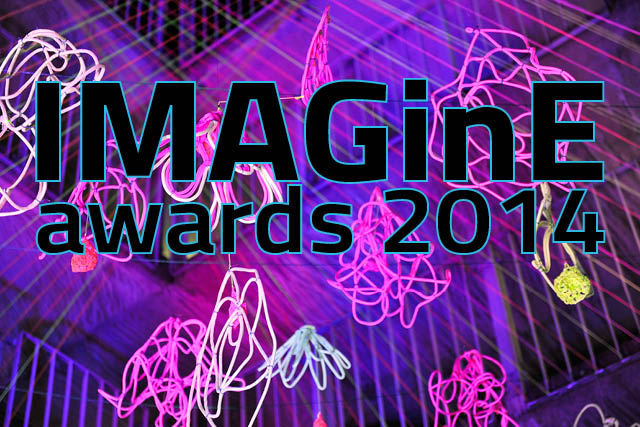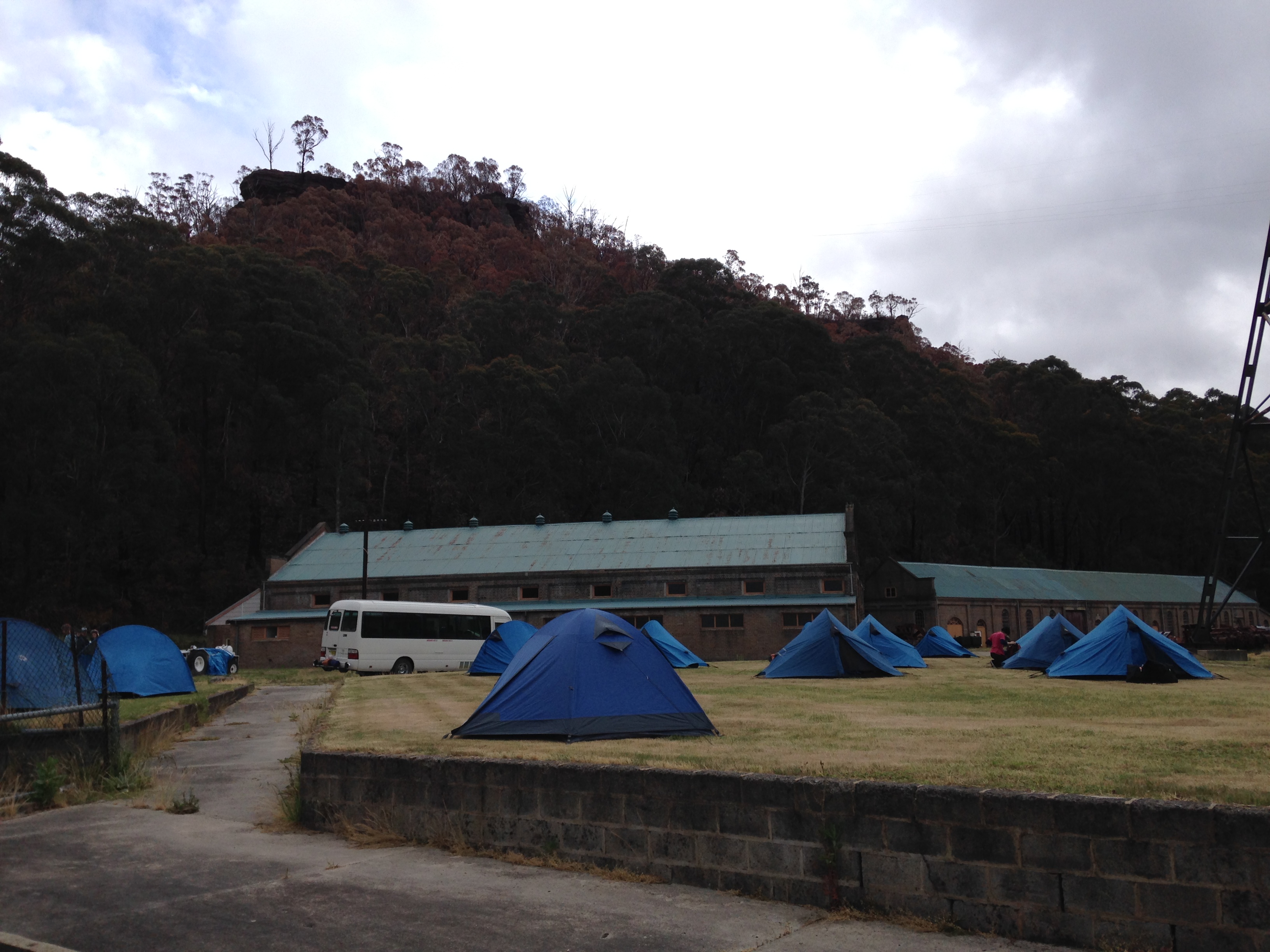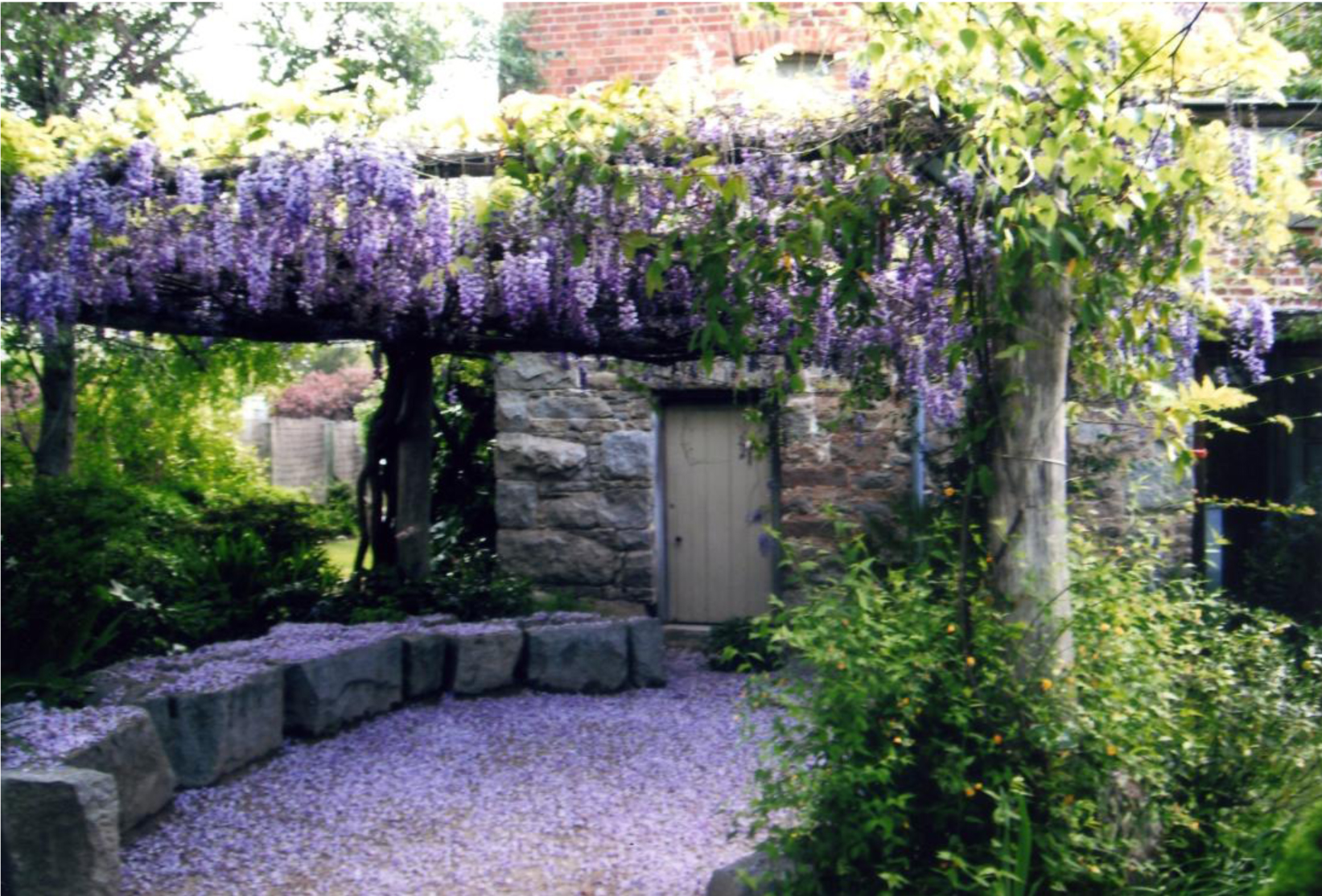Sustainability: Volunteer or up to 2 paid staff
Click here to view all 2014 IMAGinE winners and highly commended organisations!
WINNER – Lithgow State Mine Heritage Park: State Mine Partnerships
For more than a decade, the Lithgow State Mine Heritage Park has relied on partnerships to build capacity and ensure financial sustainability. Over time, they have developed a series of strategic partnerships that enhance site usage and improve the Museum’s income.
One of the most enduring of these has been the partnership with metalworker Philip Spark who during the late 1990s moved his business, Spark Metal, to the site and re-established the blacksmith shop in the former State Mine workshops. Phil continues to operate his artisan business on site, provides metal fabrication services to the Museum, and assists with visitation programs.
Energy supplier, Biogas Energy has also been a partner for several years. After receiving an Australian Research Grant to investigate alternate uses for wet coal, Biogas approached the Museum to establish an onsite laboratory for coal seam research. At the conclusion of this project the laboratory will become the Museum store and office facility. Biogas Energy pays a generous site use fee – a valuable addition to the State Mine Heritage Park ‘s cash flow.
In 2013, the State Mine Heritage Park brokered a deal with Lithgow TAFE to provide a base for its Outdoor Recreation courses. The State Mine Heritage Park provides access to camping and toilet facilities for a modest fee, and in doing so expands audiences, maintains the value of the heritage facility and makes a directldirect contribution to the wider community.
After the October 2013 bushfires when the State Mine was engulfed by fire, the Lithgow Railway Workshop came to the rescue, generously paying for and installing a new fire main system and fire hose outlets to protect all buildings on the Museum site. The total cost of this project was estimated to be $40,000, a gift which has made significant contribution to the sustainability of the heritage facility and can be interpreted as an indication of the value of the State Mine to the local community.
HIGHLY COMMENDED – McCrossin’s Mill Museum & Function Centre: Special Activities Committee (SAC)
Fundraising at McCrossin’s Mill Museum & Function Centre goes back a long way. In 1981 the Special Activities Committee (SAC) was formed and the team of hard working volunteers set to work while the Mill underwent building restoration work; they held barbeques, street stalls and a Colonial Ball until, in 1988, enough money had been saved to open a temporary kitchen in the Mill. This became the foundation for the current Café and Function Centre.
Several committee members used their hospitality experience to offer corporate catering as part of the Café operations and over time SAC developed the temporary kitchen into a commercial facility. The final stage of this $160,000 project was completed in 2009 in partnership with the Ministry of the Arts who provided match funding; the Ian Potter Foundation who contributed $20,000, the Uralla Shire Council generously gave $15,000 and the remaining itself $58,000 was rasied by the SAC itself.
Over the years SAC has became more professional in its operation. Members adopted a corporate uniform for its staff, encouraged people to complete both the Responsible Service of Alcohol (RSA) and Responsible Service of Food (RSF) accreditations while developing a range of menu options.
The Café and Function Centre is an essential part of the museum organisation – it has diversified and increased membership and contributed to the upbeat atmosphere of the Mill.
The impact of the Mill’s Function Centre and related services has had a positive impact on the local economy. By attracting a clientele from outside Uralla to utlilise the facility for weddings and functions, local businesses have benefited through increased accommodation bookings, and patronage at shops, hotels and clubs.
McCrossin’s Mill is currently sponsored by fifteen local business through an annual sponsorship donation.
Port Macquarie: Cultural Tourism Plan
The Port Macquarie Cultural Tourism Plan came into existence in late 2013 as a result of the shaking and moving by Port Macquarie Historical Society. They successfully applied to the NSW Heritage Office for funds to engage consultant, Kevin Williams from Sydney Scenes, to prepare the plan.
The consultation process was far reaching and involved all 60 of the Society’s active volunteers, industry professionals, Destination NSW, North Coast Tourism and local governemnt cultural and tourism staff.
The resultant 63 page plan defines a viable role for the museum, provides a detailed analysis of it’s business model, curatorial and interpretation practices, and documents its connections to community and the local visitor economy. The plan presents 79 recommendations and 5 key goals with short term and longer term achievable indicators.
Member and volunteer involvement has been critical to the success of this plan which recognises that increased sustainability and future growth is dependent on connecting with the tourism trade. Wasting no time, the Museum Management Committee has already actioned some of the recommendations; renaming the museum, implementing a new price structure and installing visitor information brochures in the museum’s front foyer.




